Abandoned Albany – Jay Farrell – Interview (Photos)
By Staff on November 1, 2023
Abandoned Albany, interview with Author / Photographer Jay Farrell by Dean Giagni.
Photographer Jay Farrell has made a publishing career from abandoned buildings. An area native, he left Albany and wandered the country collecting experiences and friends before settling down in Nashville Tennessee. The blighted landscape of deserted buildings and decaying towns rekindled an interest in photography and derelict spaces he had nurtured since high school. Between 2018 and now he photographed hundreds of crumbling structures the southern United States for his books, Abandoned Tennessee, Abandoned Kentucky, Abandoned Alabama and Abandoned Mississippi. When he was given the chance to train his eye on his hometown of Albany he jumped at the chance.
I spoke to him via Zoom in preparation for his appearance and book signing at The Book House in Stuyvesant Plaza.
RRX: What about your educational and experience background, were any of your family involved in the arts?
Jay Farrell: Actually, my dad was chairman of the music department at SUNY Albany my mom taught violin. They have a lot more on paper education wise than I ever have.
RRX: When did you pick up the camera?
JF: In high school years of course, it was just film. At that time. I didn’t do anything serious with human subjects. I just enjoyed going to car junkyards and photographing the wreckage.
RRX: What brought you to fine art photography and your career now; when did that start?
JF: I was fascinated with digital SLR’s and how they worked. I started photographing human subjects and sort of did some fine art photography, street photography; that sort of thing then I formed my business and tried my hand at portraiture. It really wasn’t my thing, so I stuck with fine art then I saw an ad on MySpace for a photographer who needed an assistant. I found out it was for weddings and said “yeah, not for me, bye.” He said just give it a try and I always needed money so I did. Then I branched out on my own and started doing documentary film style shooting and videos for weddings. I still do that now and then but I can be much pickier now about who I take on as a client.
RRX: How did you land in Nashville?
JF: I kind of did a lot of traveling. I went to see friends everywhere. Atlanta, Savannah, Florida and I hit Nashville as something to do. I was looking into jobs in Albany at the time they weren’t a lot of opportunities for younger people. Right now, looking back, I miss the size of Albany. Nashville has gotten too big for its infrastructure. We got about 700,000 people now. The last time I was in Albany, I was amazed by how courteous drivers were in comparison to here. I miss the feel of it. I missed the size of it; it still has everything you need, but you’re not dealing with a New York City.
RRX: What brought you to your current projects of photographing the abandon spaces?
JF: I wanted to do what I enjoyed. I used to bring models to abandoned buildings right around that era. There were a lot more of them in Nashville at that time. Now it’s all gentrified and the same things happening in Albany where they’re getting rid of some of the urban blight and replacing it with coffee shops that no one can afford.
RRX: How did the series of books start?
JF: Years later I was doing a lot of urban exploring photography with models. One time a model was late or didn’t show up. It was an abandoned sawmill in Nashville, almost 10 years ago and I thought I’m just gonna shoot the building and I loved that there was no hassle of putting the model in place. Over the years, we had to go farther and farther from town to find these places but we’ve done it. I’d been posting pictures on my Instagram or Facebook page when a publisher based in England contacted me. My first thought was, “no book publisher does that is this legit?” I said, do you want me to write a book? Are you crazy? Ha-ha! The only writing experience I had at the time was blogging. And other people had told me I had a natural gift for it. Yeah, maybe so, but publishing scared the crap out of me! I looked into it and came out with Abandoned Tennessee, and then several others in different parts of the state and country. Ventured into Mississippi, did trip there and explored for days and days. I feel like I’ve gotten more polished as an author since then.
RRX: What led you to the Albany book? How was the Albany book produced?
JF: During the pandemic, I would just roam the back roads and just go wherever and Tennessee is a wide state. I kind of developed a theme, where it was more nostalgic type of things rather than the creepy factories and stuff. I kind of just went with that. I did a lot of detective work to find people that had personalized stories about these places. Sometimes they weren’t easy to find because you’d have to find someone who is in their 80s or 90s who knows about it. I started shooting in Albany from 2014 and 2015 on different locations off and on when I would come to visit. So, it was over a period of years. In 2021, after the pandemic I came up and with a couple of friends went to Altec Steel. I had already shot the exterior of Tobins (Meat Packing plant) and of course the Fort Orange Paper Mill, the Church of the Holy Innocents; it’s got the onion globe on the church that was like my favorite in the area. And the Central Warehouse. It took a couple years really. I feel like I’ve got information and history. I found workers from the Altec Steel Plant which wasn’t easy because it wasn’t the healthiest lifestyle and it’s been closed for 20 years. But I found a lot of information about some of the equipment that was left behind. The one missing link was a Tobins employee. It had been closed for 40 years. I was contacting VFW halls and nursing homes to see if they had anybody who had worked there. I contacted local journalist, Rosemary Armao of WAMC and she put me in touch with her uncle who had worked there. He was in his mid-80s. I also included two or three historical photos of his in the book. It’s the first time I ever have included someone else’s photos in a book and I credited him. Hopefully he will be able to attend the Book House event.
RRX: Talk about the urban exploring portion of it?
JF: I don’t like heights, but I do go to the rooftops. Some people talk about urban explorers and they think of those ghost hunters and the people that climb clock towers, that’s not me. I do go inside them though. Some of them are structurally unsound, relatively unsafe and that’s just a risk you take to get the photos you want. But seeing the texture in the patina, it’s something that only time can present. And there’s a graffiti and other vandalism and building decay that happens with time and I think that’s what makes an interesting subject. It’s more interesting because it’s not accessible to those who won’t go in. But I do.
Jay Farrell’s book series including Abandoned Albany- Relics of the Capital District is available on Amazon and in bookstores. He will be appearing Saturday, October 21 at 3PM for a presentation and book signing.
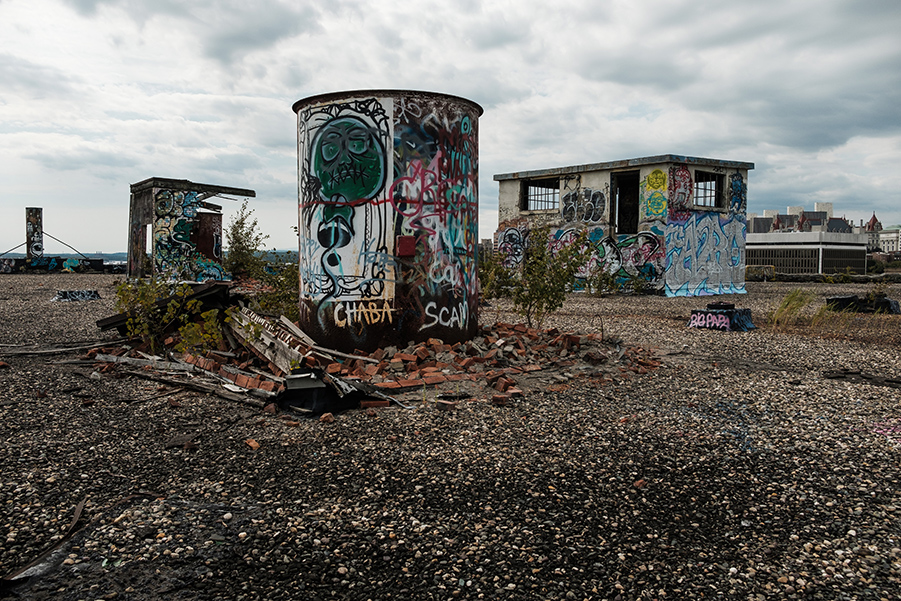


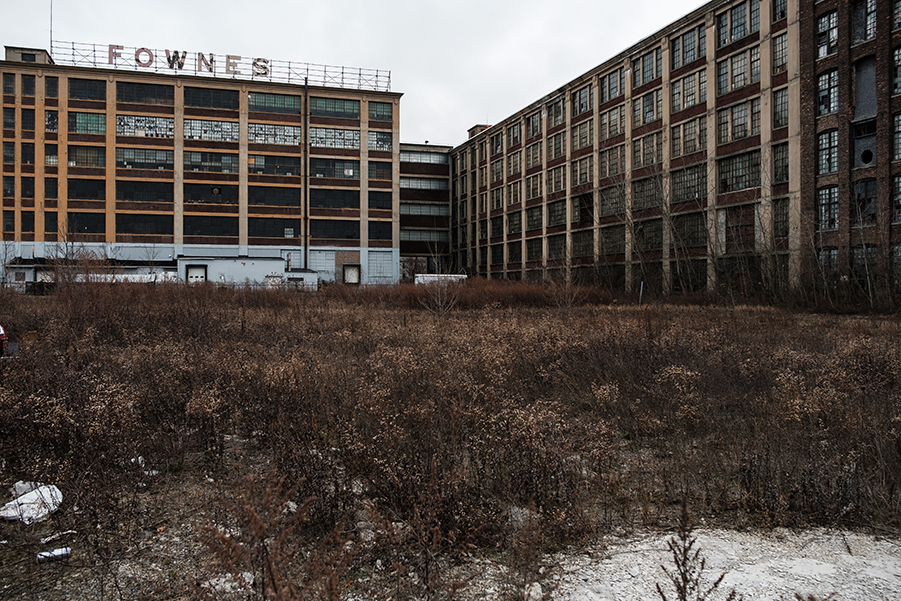
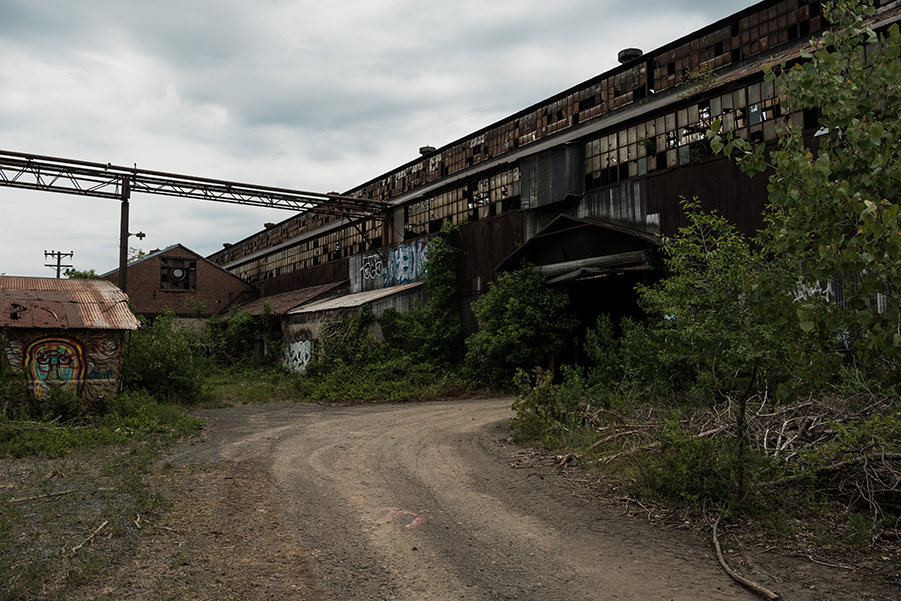
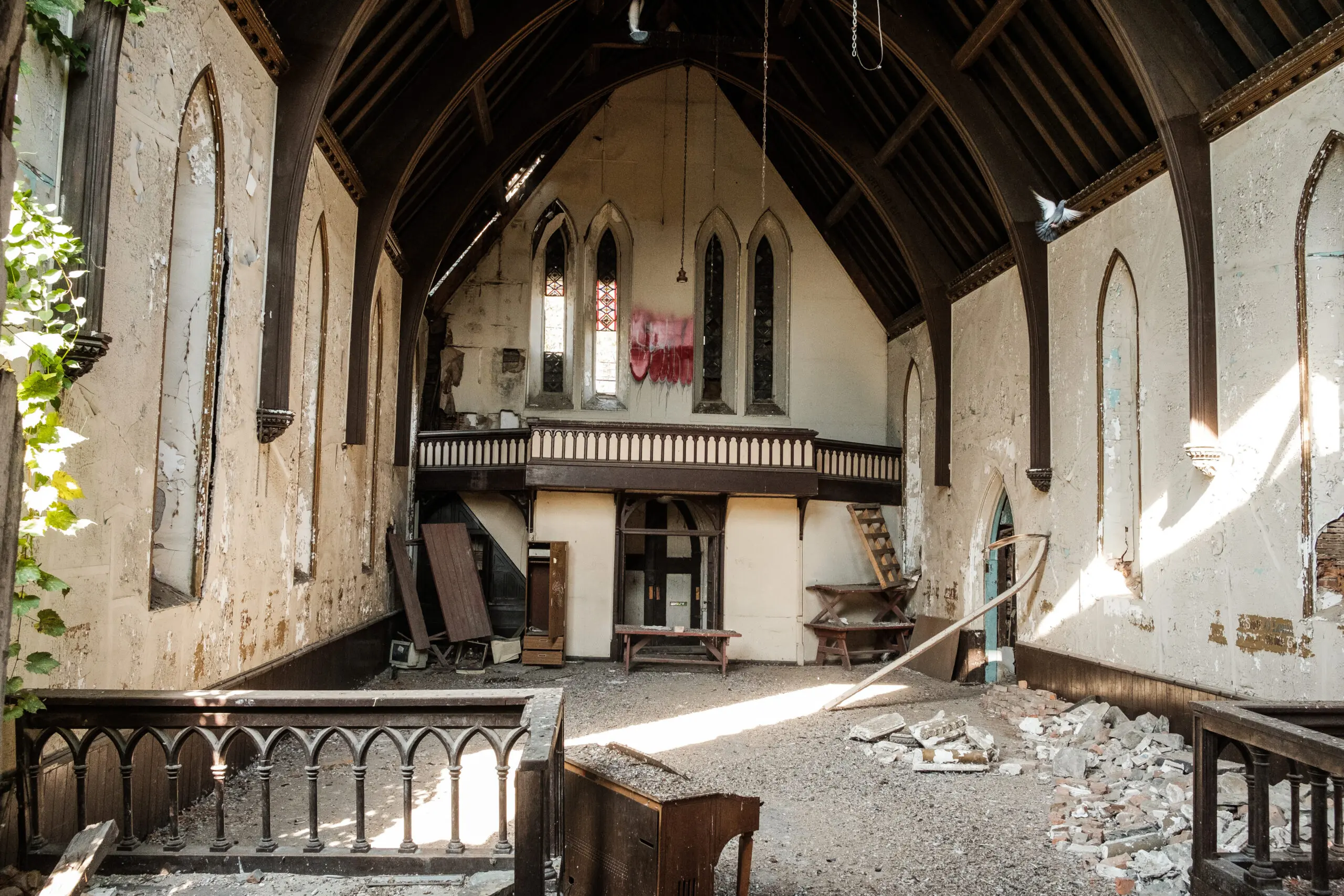
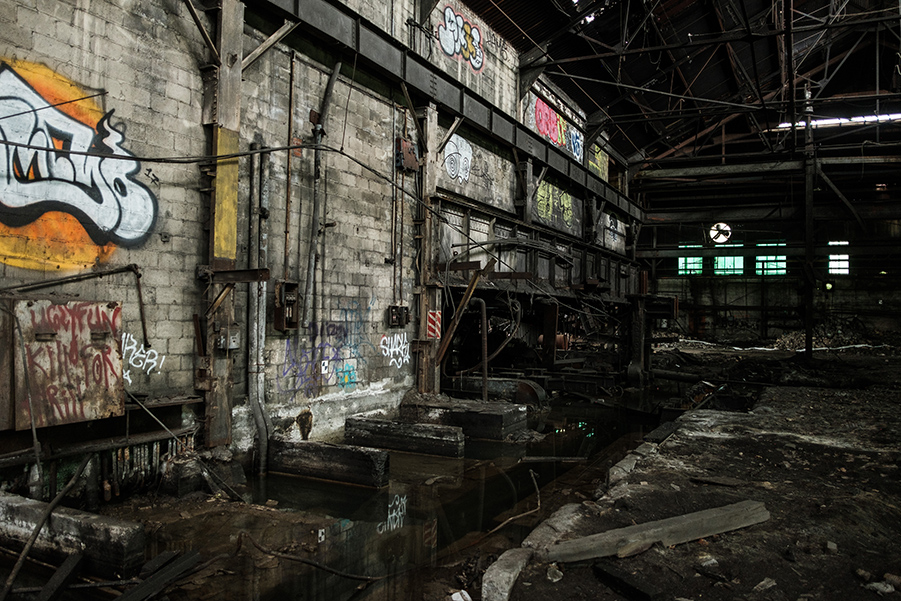

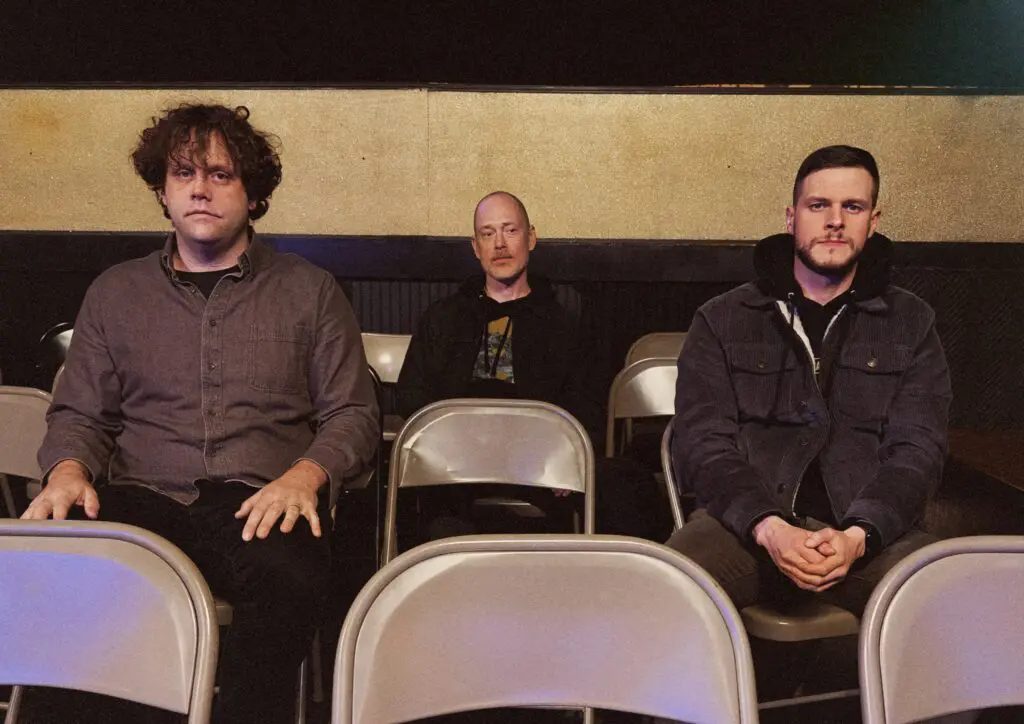
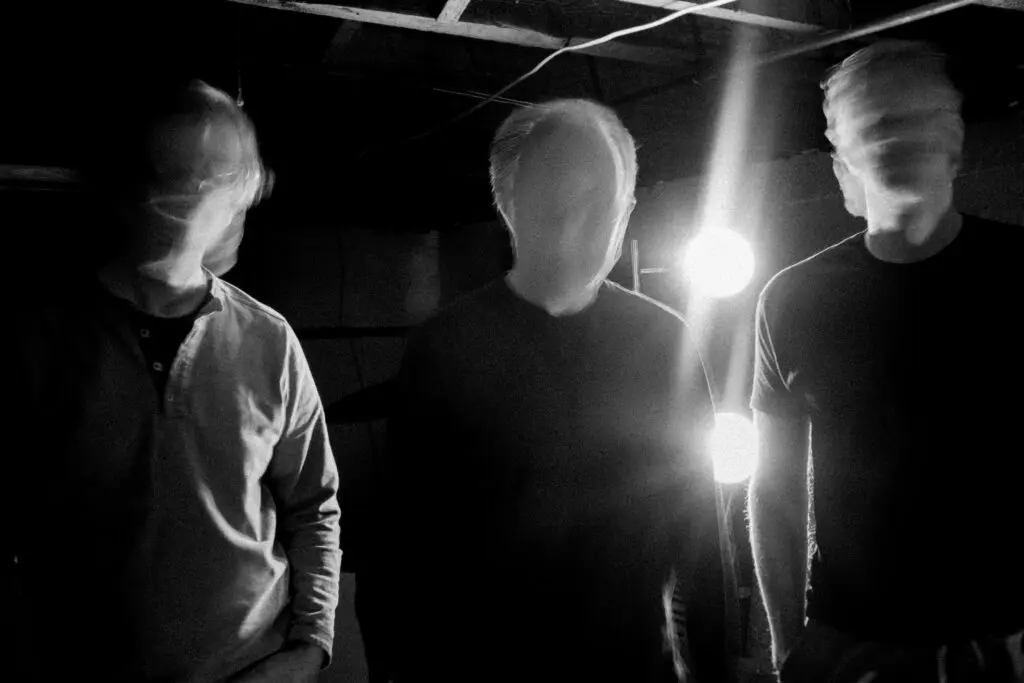
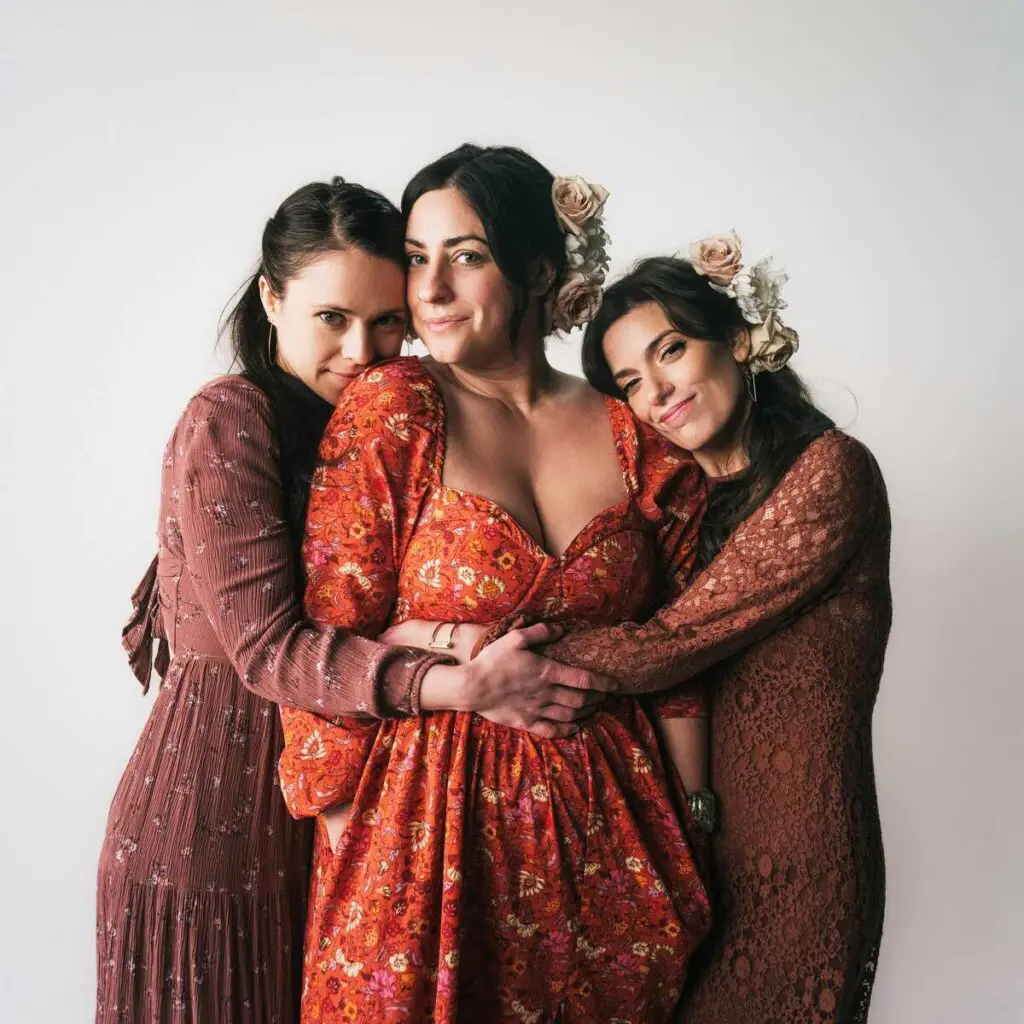

 RadioRadioX
RadioRadioX